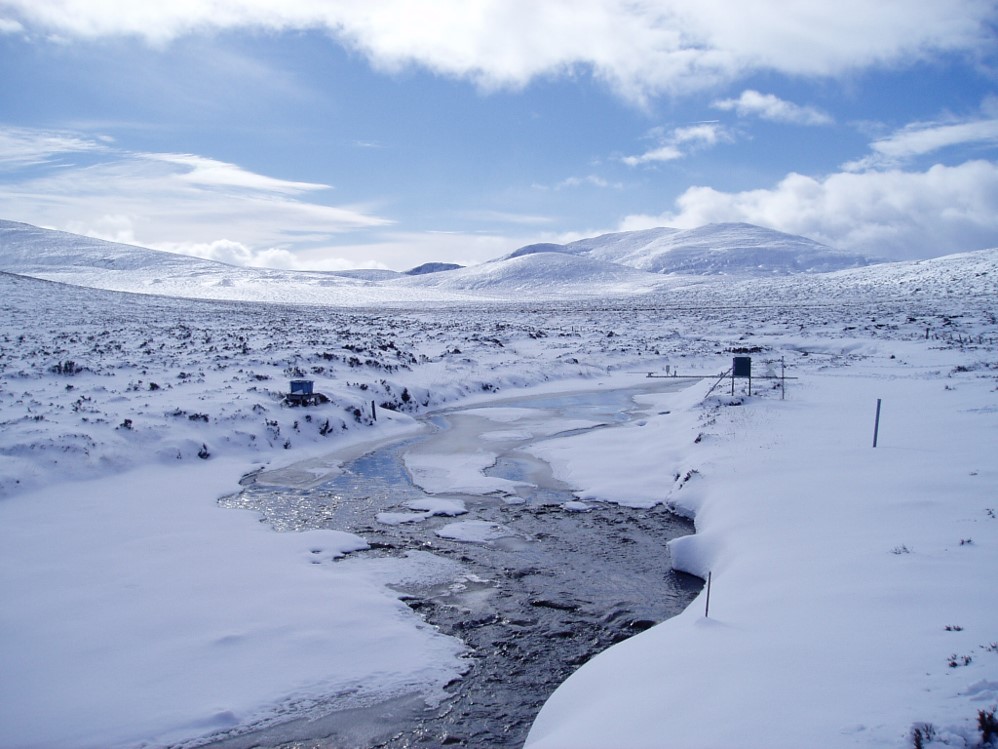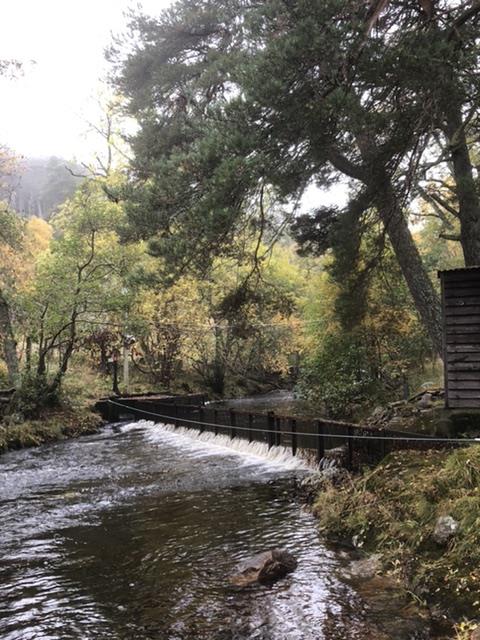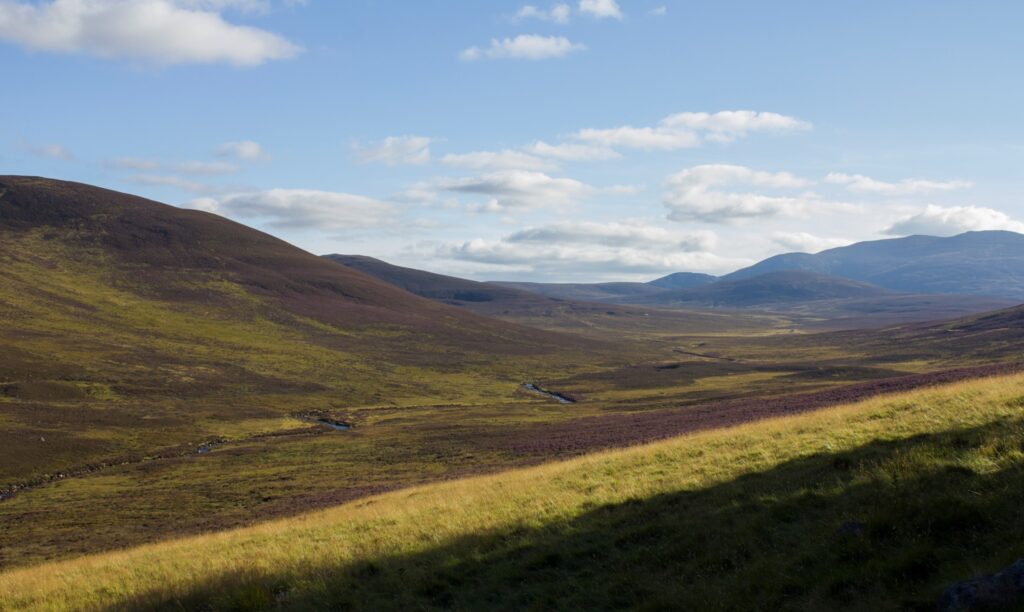60-year salmon study helps understand a species under threat

The most detailed long-term study ever carried out of Atlantic salmon in a Scottish river valley has yielded valuable insights, say researchers at the University of Aberdeen.
The data covers six decades’ worth of data on salmon populations and river conditions in Girnock Burn, Royal Deeside.
Atlantic salmon have long been identified as a threatened species because they need marine and freshwater habitats during their complex lifecycle, and both are being affected by climate change.
To gain a greater understanding of this lifecycle, fish traps were installed in 1966 in the Girnock Burn in Royal Deeside, between the Royal Estates of Birkhall and Balmoral, within the Cairngorms National Park.
Now a research paper led by the University of Aberdeen has highlighted the insights from long-term monitoring at the site.
The Girnock, draining mountains and moorland, became of interest to scientists when it was identified as having an important population of “spring” salmon – prized fish that spend more than one year at sea and return to freshwater early in the year coinciding with the start of the fishing season.
The work carried out there as a partnership between the University of Aberdeen, the Marine Directorate of Scottish Government and the Leibniz Institute of Freshwater Ecology and Inland Fisheries (IGB) in Germany, is the most detailed, long-term study of an Atlantic salmon population in the world.
The study, which has been summarised and published in the journal Hydrological Processes, has revealed quantitative changes in the return rates, distribution, size, growth and age of salmon.

Fish trap, Girnock Burn
Six decades of river data
Professor Chris Soulsby of the University of Aberdeen has been involved in the Girnock study for over 30 years.
He said the strong dataset they have been able to capture over six decades provides vital science that can support salmon restoration efforts in Scotland, adding: “This is an internationally important salmon research site and, unusually, it has been accompanied by a wide range of related environmental research which helps understand why salmon numbers have declined as a result of climate change which mainly contributes to poor marine survival, but also affects freshwater habitats.”
He went on: “This 60-year dataset provides a detailed understanding of how salmon populations and their habitat use has changed as the climate has warmed. Unfortunately this shows an alarming decline in the number of salmon returning from the sea, which is consistent with the declining angling catches observed on many Scottish rivers. However, from this we can start to build a scientific picture of what management responses to protect fish are likely to be successful. For example, rivers like the Girnock are getting warmer, so planting trees along the banks to increase shade and cool water is likely to help. However, we also know that juvenile habitat in the river isn’t limiting the population, so attempts to ‘create ’habitat by river engineering are likely to be unsuccessful.
“The protection of salmon populations and the habitats they depend on is vital to Scotland’s rural life, economy and employment. However, climate change is likely to increase the frequency of winter floods and summer droughts which may also affect salmon populations. Continued monitoring at such research sites is essential if Scotland is to have a scientific evidence base to tackle the climate crisis and maintain biodiversity.
“This is a landmark paper in understanding these changes to date and we are delighted University of Aberdeen research is playing a role to provide the science to support this important species.”
Professor Doerthe Tetzlaff, co-author at the IGB in Berlin, added: “Long-term, robust scientific data is essential to understand how ecosystems are changing in response to a warming climate and to provide a crucial evidence base for informing policy and management to protect a species that is a sentinel of both global and local environmental change.”
Six decades of ecohydrological research connecting landscapes and riverscapes in the Girnock Burn, Scotland: Atlantic salmon population and habitat dynamics in a changing world (C. Soulsby, I. A. Malcolm, D. Tetzlaff) Hydrological Processes, March 2024

Glen Girnock

